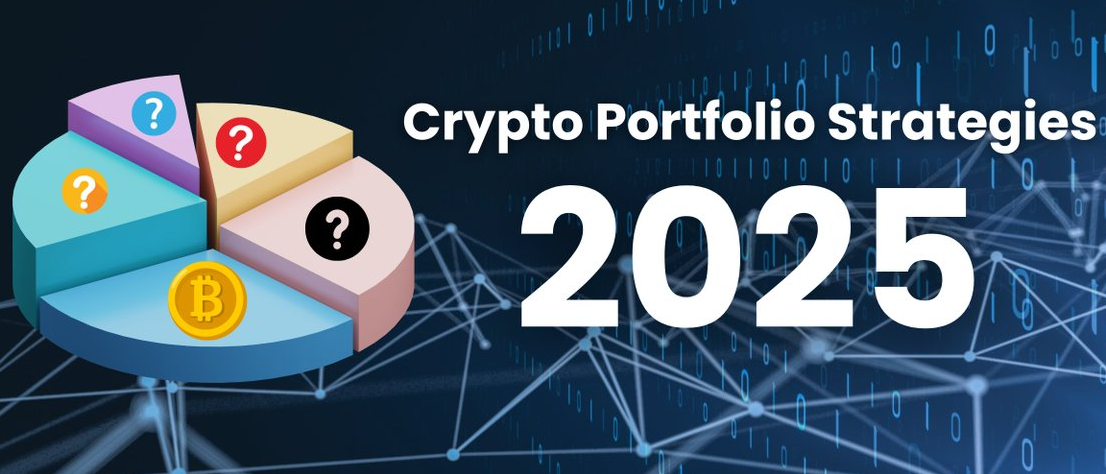Turning on-chain data into smarter investment decisions in 2026 involves moving beyond basic metrics to embrace sophisticated analytics, ‘Smart Money’ tracking, and the integration of AI/Machine Learning to anticipate market trends, manage risk, and identify high-conviction opportunities.
The key is leveraging the public and transparent nature of blockchain data to gain insights into the true economic activity, investor behavior, and network health of a crypto asset.

Core On-Chain Metrics for Fundamental Analysis
These foundational metrics help you assess a network’s health and valuation, moving beyond simple price action.
Network Usage & Activity
- Active Addresses: The number of unique addresses involved in a transaction daily.
- Insight: A sustained increase often signals growing user interest and adoption, which is bullish. A decline suggests waning interest.
- Transaction Volume: The total value of the native asset or token transferred on the network over a specific period.
- Insight: High, rising volume that correlates with price increases validates the rally. A price increase on weak volume may be unsustainable. Look for real economic transfers, not just internal contract calls.
- Total Value Locked (TVL): The total value of assets deposited into a Decentralized Finance (DeFi) protocol.
- Insight: A rising TVL indicates greater faith in the protocol’s security and future, signaling strong DeFi adoption and liquidity.
Investor Behavior & Sentiment
- Exchange Inflows/Outflows: Monitoring the flow of an asset to and from centralized exchanges (CEXs).
- Inflow Surge (to CEX): Indicates holders are preparing to sell, often signaling potential downward price pressure.
- Outflow Surge (from CEX): Indicates accumulation and moving assets to private wallets for long-term holding (HODLing), often signaling potential upward price pressure.
- Supply Distribution & Whale Tracking: Analyzing the concentration of an asset’s supply among different addresses (e.g., top 1%, top 10%).
- Insight: Tracking “whale” (large holder) activity helps you see if major market participants are accumulating or distributing. Advanced platforms now use AI-driven wallet labeling to identify institutional funds, exchanges, and high-performance traders (“Smart Money”).
Valuation & Market Cycle Indicators
- MVRV Ratio (Market Value to Realized Value): Compares the asset’s current market capitalization (Market Value) to the average price at which all coins were last moved (Realized Value).
- Insight: A high MVRV suggests the asset is overvalued (potential top), while a low MVRV (e.g., below 1) suggests it’s undervalued and an accumulation opportunity (potential bottom).
- SOPR (Spent Output Profit Ratio): The ratio of the price when a coin is spent to the price when it was received.
- Insight: A value greater than 1 means the average spender is selling at a profit, while a value less than 1 means they are selling at a loss. A reset below 1 can indicate seller exhaustion before a market rebound.
Advanced Analytics & Tools in 2026
The sophistication of on-chain analysis will be driven by new tools and the convergence of blockchain with other technologies.
Smart Money & Entity Tracking
In 2026, the focus shifts to filtering out the “noise” and following the most successful participants.
- AI-Driven Wallet Labeling: Platforms utilize AI and machine learning to label millions of wallets, identifying them as institutional funds, venture capitalists, market makers, or top-performing individuals. This allows investors to track proven strategies in real-time.
- Following Alpha: Specifically monitor the tokens and protocols that ‘Smart Money’ wallets are buying early, especially new tokens or promising DeFi protocols before they appear on major exchanges.
- Tracking Protocol Risk: For DeFi, sophisticated analysis goes beyond TVL to include:
- Liquidity Depth: How easy it is to enter or exit a position without causing significant slippage.
- Smart Contract Auditing Data: Transparency on code risk and security vulnerabilities.
Cross-Chain and Multi-Layer Analysis
With the rise of Layer 2 (L2) solutions (e.g., rollups) and multiple competing Layer 1 (L1) chains, analysis must be comprehensive.
- Bridging Flows: Monitoring the value moving between L1s and L2s. High inflows to an L2 can signal a major upcoming shift in activity and adoption away from the main chain due to better scalability.
- Gas Fee Analysis: High, sustained gas fees on an L1 (like Ethereum) can signal network congestion and potential value migration to L2s or competing chains. A sudden drop may indicate a decline in interest or a successful scaling upgrade.
Turning Insights into Investment Strategy
Using on-chain data requires a strategic framework that links metrics to actionable decisions.
Market Cycle Timing
On-chain data is exceptionally useful for timing macro market shifts.
| On-Chain Signal | Market Phase | Investment Action |
| MVRV < 1 and Long-Term Holders Accumulating | Accumulation/Bottom | Aggressive Buy/Dollar-Cost Averaging (DCA): Entry points are likely favorable. |
| High Active Addresses and Outflows from Exchanges | Early Bull Run | Hold/Increase Position Size: Fundamentals are validating the price action. |
| MVRV > 3 and Sudden Exchange Inflows | Market Top/Distribution | Take Profit/Reduce Exposure: Holders are realizing profits, suggesting a local or macro peak. |
Due Diligence on New Projects
Before investing in a new token, use on-chain data to perform rigorous due diligence:
- Token Distribution: Check the distribution of the supply. A highly concentrated supply in a few wallets (team, VCs) can signal centralization risk and vulnerability to large sell-offs.
- Team and Insider Activity: Track the wallets associated with the development team and investors. If they are dumping tokens early, it’s a major red flag regardless of the marketing.
- Liquidity & Trading: Ensure there is sufficient liquidity in decentralized exchange (DEX) pools. Low liquidity makes large buys/sells difficult and volatile.
Risk Management
Use on-chain alerts to protect capital.
- Large Transfer Alerts: Set up alerts for transfers above a certain threshold (e.g., $10 million) to or from a CEX or a specific protocol. These large movements can precede significant market volatility.
- Protocol Health: Continuously monitor DeFi protocol metrics like collateralization ratios and protocol-specific TVL. A sudden, sharp drop in a key DeFi protocol’s TVL could signal a smart contract exploit or a bank run.
By 2026, the winning investment strategy will be one that seamlessly blends fundamental on-chain data with AI-powered entity tracking to stay ahead of the narrative and the crowd.
Conclusion: On-Chain Data as the Indispensable Edge in 2026
By 2026, the era of solely relying on technical analysis (charts) or market news for cryptocurrency investment is effectively over. The sophistication of institutional capital and the maturity of the digital asset ecosystem demand a more profound, data-driven approach.
On-chain data has evolved from a niche tool for crypto enthusiasts to the foundational layer of fundamental analysis for the entire asset class. It provides the unique ability to audit the true economic health, user adoption, and investor behavior of a decentralized network in real-time—a transparency advantage that traditional finance simply cannot offer.
The shift to smarter investment in 2026 is defined by two key convergences:
- Fundamental On-Chain Metrics with Macro-Timing: Investors will use aggregated metrics like MVRV and SOPR to time market cycles, while granular data on Active Addresses and Exchange Flows will confirm network adoption and signal accumulation or distribution phases.
- Blockchain Data with AI/Machine Learning: The raw, massive, and public nature of blockchain transactions is the perfect training ground for AI. Tools will leverage machine learning for advanced wallet labeling, enabling investors to filter for and track the real-time movements of “Smart Money” (high-performing funds and traders), thereby gaining a significant informational edge.
In a market increasingly dominated by institutional adoption, regulatory clarity, and complex multi-chain architectures, the investor who masters the art of interpreting on-chain data—moving from what the price is to what the network is doing—will be best positioned to manage risk, identify early growth, and generate superior, conviction-backed returns. On-chain analysis is no longer optional; it is the core competency of the 2026 crypto investor.
Ready to start your cryptocurrency journey?
If you’re interested in exploring the world of crypto trading, here are some trusted platforms where you can create an account:
🔹 Binance – A global leader in cryptocurrency trading.
🔹 Bybit – A user-friendly platform for both beginners and advanced traders.
These platforms offer innovative features and a secure environment for trading and learning about cryptocurrencies. Join today and start exploring the opportunities in this exciting space!
🚀 Want to stay updated with the latest insights and discussions on cryptocurrency?
Join our crypto community for news, discussions, and market updates: OCBCryptoHub on Telegram.
📩 For collaborations and inquiries: datnk710@gmail.com
Disclaimer: Always do your own research (DYOR) and ensure you understand the risks before making any financial decisions.




